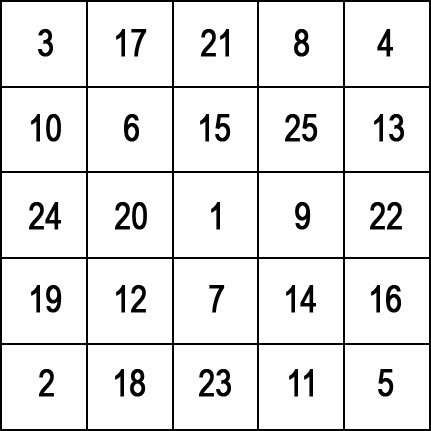How to increase reading speed by 2 times in a couple of weeks

Speed reading is an important skill in today's high-speed world. If you want to achieve outstanding results in your career or in the study of science, you will have to read a large amount of literature, both technical and artistic. In order to absorb large amounts of information you need to be able to quickly read.
At the moment there are a large number of techniques of studying speed reading, they all have the right to exist. Some have serious scientific studies, while others are more like intuitive research. This or that technique is suitable for each person, it is difficult to say which one is exactly right for you.
When a person is faced with an awareness of the problem of low reading speed, he begins to look for information on this topic on the Internet, books, and be interested in friends and acquaintances. After some time, if this idea is not boring, a certain understanding of speed reading techniques begins to take shape and it is further important to start applying them.
')
The simplest techniques that are guaranteed to help you increase the speed of reading do not represent anything difficult. These are just a few exercises that need to be repeated for a while. This is very similar to studying blind typing on a keyboard. It takes 15-20 minutes a day to do the exercises and in a couple of weeks you can reach a high enough speed.
Most readers are confronted with a classic error that absorbs 30% of the reading time. This is a return to the already read text. When it seems to us that we have badly caught the idea, or have been distracted by an external thought, we go back and read a piece of the text again.
Technique "Focus Training"
In order to cope with the return to the read text, you need to keep the focus on the place of reading. To do this, you can use the technique of tracking the reading. You need to take a pencil and start to drive them along the line while reading. Focus should always be on the pencil, you can not go back to the read text. At first, it is difficult to overcome, but over time it will get better and better.
Technique "Increase Speed"
To increase the speed of reading, you need to train this skill like any other. To train speed you need to read very quickly. Approximately 3 times faster from the desired reading speed. For example, you are reading at a speed of 200 words per minute, and you want to increase this value to 300 words per minute. Then in the speed exercise you need to read 900 words per minute. You do not need to worry about what you do not remember and do not understand - this is speed training. And it is important not to forget about the pencil, which does not allow you to go back while reading.
Technique "Increase peripheral vision"

In ordinary reading, which we were taught in school, a person reads all the words in a line. This allows not to miss anything written in the text. But it is not always necessary to understand the meaning of the text. If we develop peripheral reading, then it is possible to see not one word but several for one stop of the focus on the text.
For training peripheral reading there are many different techniques, the most common is the table Schulte. If you return to peripheral vision for reading, there is a simple exercise to increase the speed of reading. It is necessary to read not all words in a line, but to skip a few words at the beginning and at the end of a line. This greatly increases speed, but does not greatly affect understanding.
With a high reading speed, you may encounter the reading effect for the sake of reading, when you do not have time to assimilate information for its further use in life. To prevent such an effect, it is necessary to make small pauses for understanding the information. A few seconds after each paragraph are enough to lay down its essence in a long-term memory.
If you read the scientific or business literature, it is better to make a brief sketch of ideas or data from the read. Then you can work with this information after reading the book and do not lose important data that can be used in your area. Ideas can be presented in the form of a list or text in various editors, you can also use intelligence maps that allow you to make multi-level lists that are easy to sort out.
Source: https://habr.com/ru/post/297976/
All Articles